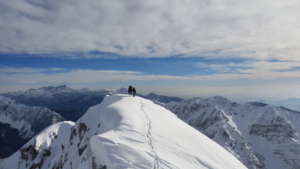Established in Seattle, Mountain Madness is a renowned mountaineering and trekking firm revered for its specialization in mountain adventure travel. Furthermore, the enterprise boasts a training school dedicated to the art and skill of mountain and rock climbing.
At its heart, Mountain Madness embodies the vision of its founder, Scott Fischer. He aspired to craft a harmonious community, uniting individuals with an unwavering ard for mountain exploration. Fischer’s ethos was clear: to bridge the gap between adventure enthusiasts and their lofty dreams, making the seemingly unattainable attainable.
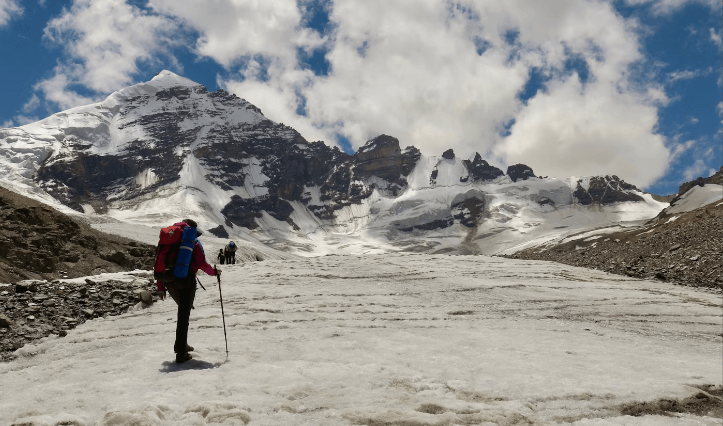
From Summit to Legacy: The Birth of Mountain Madness
Upon successfully achieving the challenging second ascent of Kilimanjaro’s Breach Icicle, Mountain Madness founders Scott Fischer and Wes Krause found a moment of reflection. Their relief at conquering the daunting, free-standing ice pillar was profound but also unveiled an unyielding passion for adventure. This epiphany set them on a path of global exploration in the subsequent years, where they faced avalanches, roamed amidst lions, evaded grizzly bears, and celebrated numerous first ascents.
This shared enthusiasm laid the foundation for Mountain Madness, reflecting their aspiration to relay the allure, challenges, and joy of mountaineering, climbing, trekking, and skiing to a broader audience. Rooted deeply in this vision, they remain committed to delivering unparalleled experiences, catering to adventurers of all skill levels.
Legacy of Adventure: The Mountain Madness Journey
In 1984, the inception of Mountain Madness was marked by an astonishing achievement. Founders Scott Fischer and Wes Krause became the second global team to conquer Kilimanjaro’s renowned Breach Icicle. This accomplishment signified the first American ascent of the majestic, free-standing ice pillar. Enthralled by their success and the exhilarating sensation it brought, Fischer and Krause embarked on a quest to unearth novel, wild experiences in mountaineering.
Though the foundation of Mountain Madness lies in Africa, its essence was truly carved in Asia. Here, Fischer undertook the arduous challenge of the world’s towering peaks. Notably, he successfully summited both K2 and Mount Everest without supplemental oxygen. Furthermore, he established a significant record by becoming the first American to reach the peak of Lhotse. However, in May 1996, a savage storm on Mount Everest tragically took Fischer’s life. Jon Krakauer later documented his harrowing experience in the renowned book, “Into Thin Air”.
Despite the loss, Fischer’s indomitable spirit and legacy remain undiminished. Mountain Madness, born from Fischer’s genuine passion for climbing, stands today as a testament to his belief that the allure and challenge of mountains hold the transformative power to impact lives profoundly. The company, echoing Fischer’s vision, continues to introduce many to the wonders of mountaineering, trekking, rock climbing, and skiing, fostering a new generation of adventurers.
Legacy Atop the Peaks: The Journey of Mountain Madness
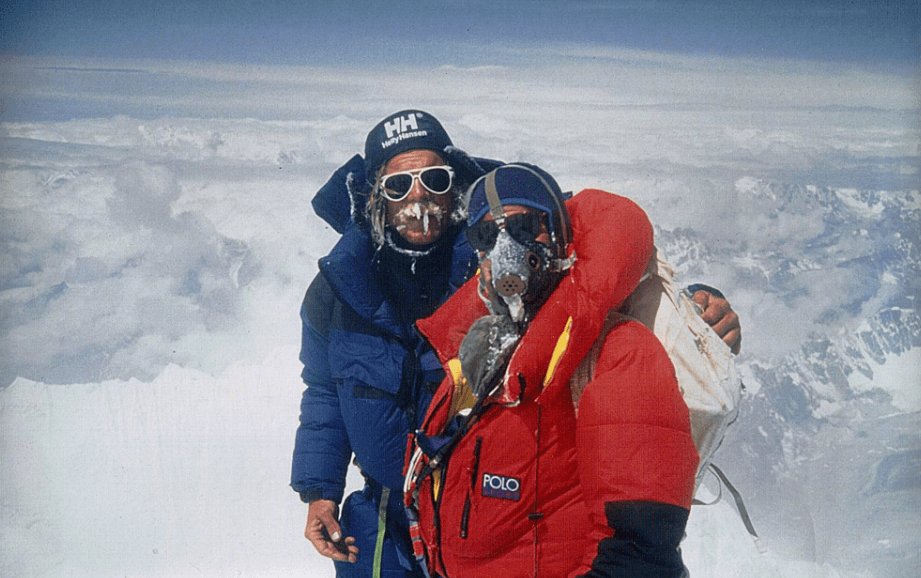
In 1984, the mountaineering world witnessed the inception of ”Mountain Madness”, a venture co-founded by seasoned mountaineers Scott Fischer, Wes Krause, and Michael Allison. While Fischer had envisioned establishing a guide service by this name as early as the 1970s, it wasn’t until 1984 that the dream was officially realized. Fischer took the helm of operations in Seattle, whereas Krause directed his efforts towards the African landscape. Before long, Allison chose to divest his stake in the enterprise, leaving to explore other avenues.
Under Fischer’s guidance, “Mountain Madness” gained fame for audacious ascents, especially without supplemental oxygen. Fischer and Wally Berg were the first Americans to summit Lhotse, the world’s fourth tallest peak. Later, Fischer and Ed Viesturs climbed K2 in Pakistan’s Karakoram range without external oxygen.
Fischer was more than a climber. He was deeply committed to the region “Mountain Madness” explored. He supported many social and environmental causes. A critical effort was the 1994 Sagarmatha Environmental Expedition. Here, Fischer and Rob Hess summited Mount Everest without supplemental oxygen. Their team received the David Brower Conservation Award from the American Alpine Club that year. 1996, Fischer led the “Climb for CARE” on Mount Kilimanjaro. This mission raised nearly a million dollars for the humanitarian organization.
However, tragedy struck in 1996. After dedicating 23 years to mountaineering and passionately guiding ”Mountain Madness” for 12 years, Fischer met untimely demise during a descent from Mount Everest’s summit amidst a violent storm, an event poignantly chronicled in Jon Krakauer’s acclaimed book, “Into Thin Air”. Despite this tragic loss, Fischer’s legacy remains undiminished, continuing to inspire countless adventurers. He believed that mountains could profoundly transform lives. Today, “Mountain Madness,” moulded by Fischer’s spirit, epitomizes the joy and transformation of mountain adventures.
Christine Boskoff: An Inspiring Legacy of Mountain Madness
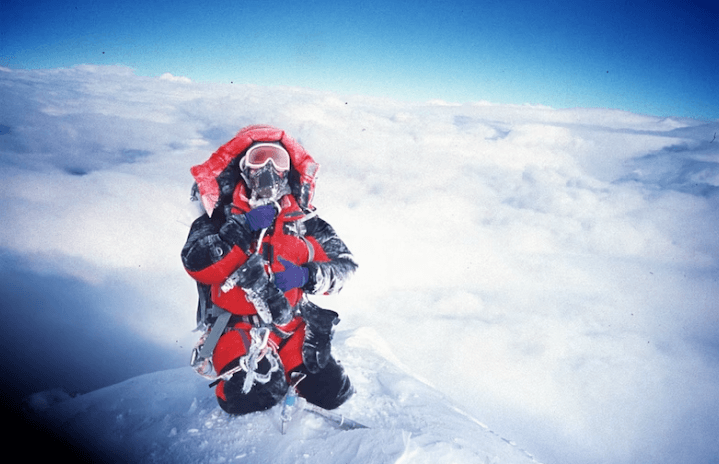
After Scott Fischer’s passing in 1996, Christine and Keith Boskoff took over Mountain Madness in 1997. Their love for climbing united them in marriage and passion for the mountains. Despite their backgrounds in aeronautical engineering and architecture, respectively, they pivoted to mountain adventures. Christine notably summited six of the world’s fourteen 8000-meter peaks, an unmatched feat for an American woman then.
In 1999, Keith’s sudden death rocked the community. Christine, resilient, decided to usher in 2000 atop Mount Kilimanjaro with fellow climbers. The period was sombre, marked by losses like Alison Hargreaves in 1995 and Alex Lowe in 1999. Under Christine’s helm, Mountain Madness thrived, introducing “adventure treks.” They earned accreditation from the American Mountain Guides Association, signalling exceptional standards and a dedicated team.
Christine was also a humanitarian, sitting on the board for Room to Read, promoting education in developing nations. She led fundraising climbs for them and collaborated with the Central Asia Institute on education initiatives in Pakistan and Afghanistan. However, the perilous nature of mountains manifested again in 2006. An avalanche in China’s Sichuan Province took the lives of Christine and Charlie Fowler, a fellow Mountain Madness climber. Their combined legacy continues to inspire the climbing community.
Steering the Summit: Mark Gunlogson’s Leadership at Mountain Madness
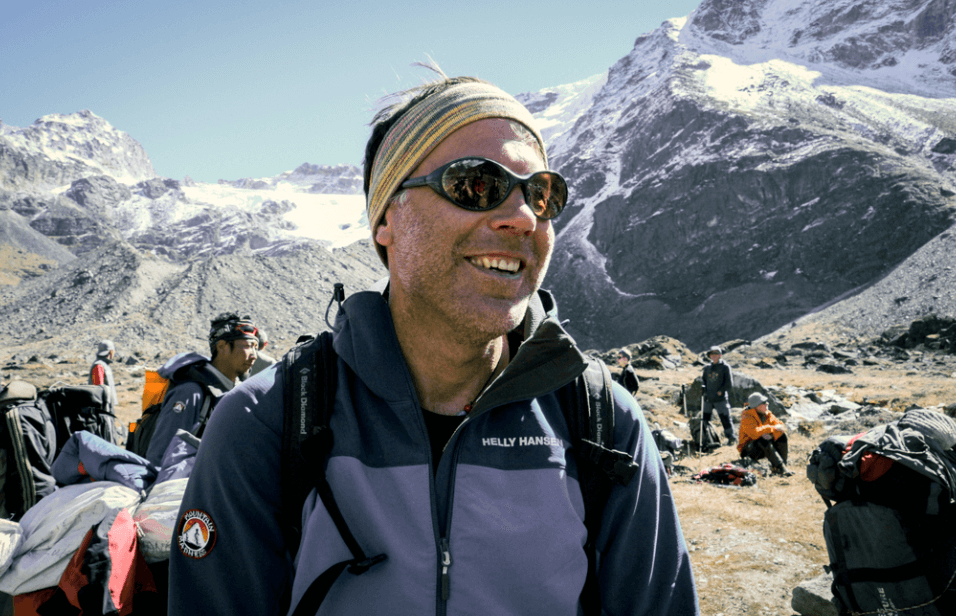
After its two owners’ tragic loss, Mountain Madness entered an uncertain period. However, in 2008, Mark Gunlogson took ownership. His history with the company started in 1994 as a guide. With a background in climbing and guiding and an Environmental Science degree, Mark excelled in managing complex logistics. This ensured unforgettable adventures for clients and companions.
Mark’s commitment to climbing mirrors his predecessors, showing a deep passion for mountaineering and trekking. Under his leadership, Mountain Madness has thrived. Today, it is a leading global mountaineering company praised for its in-field expertise and logistical prowess. Mark has kept the company true to the vision of its founder, Scott. Today, after over three decades, Mountain Madness is internationally recognized for its mountaineering accomplishments. It serves everyone, from beginners to those aiming for Mount Everest’s peak. The adventurous spirit of the company’s inception remains strong.
Sustainable Adventures: Mountain Madness’ Ethical Outreach
Mountain Madness is deeply committed to supporting the communities and environments in its operating regions. The company actively collaborates with relief agencies, conservation organizations, and NGOs, ensuring meaningful engagement in the areas they explore.
As a part of their expedition experiences, clients are often given opportunities to contribute to local school initiatives, assist in community projects, and immerse themselves in conservation areas. Furthermore, Mountain Madness frequently donates trips to bolster fundraising events and continually strives to make a positive impact on special populations in these regions.

